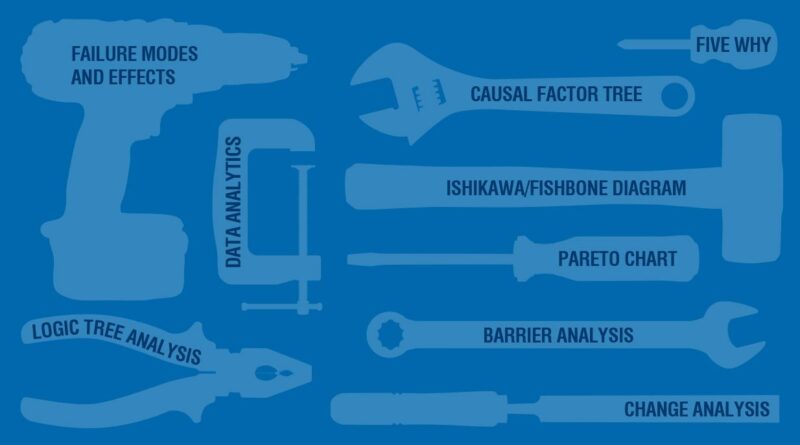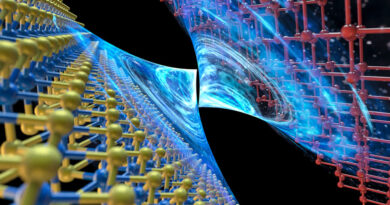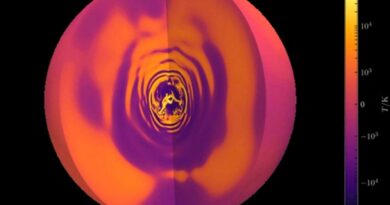Consumer product failure analysis
Consumer product failure analysis is very important and must be performed in a timely manner. Failure analysis refers to an evaluation of a product that reveals its various defects and shortcomings based on its usage and handling. This examination is conducted by an outside expert who is neutral and objective in his work. In the United States, this expert is usually a qualified engineer or technologist appointed by the U.S. Food and Drug Administration (FDA).
Product failure analysis is very useful to engineers in designing products that will meet the anticipated needs of consumers. For example, if a food product manufacturer designs a new, improved, better fat free ice cream that satisfies the customer’s demand for ice cream in a particular condition, without considering the possible changes that may occur due to the usage and handling, the product fails to meet its purpose. Now, instead of re-engineering the product and starting production from scratch, it makes sense to first perform a consumer product failure analysis on the existing recipe. Then, after completion of the analysis, the manufacturer can redesign the ice cream recipe using appropriate ingredients that will achieve the same or better result.
If there is substantial doubt in the mind of the consumer regarding a given product, such as milk, cheese or orange juice, it may require the services of an expert witness who is either registered professional engineers or registered professional witnesses. An expert witness is required in most instances to opine in a court of law on the strength of the evidence presented by the manufacturer, to counter any point of view expressed by the manufacturer in its defense to the accident investigation or accident reconstruction. The fact is that there are a vast number of different opinions about the causation of an event or defect, and even conflicting interpretations of data that are collected during an investigation.
Therefore, when evaluating a case concerning consumer product failure analysis, an engineer or an expert witness must analyze all evidence presented, irrespective of the source of that evidence. An expert witness is required to determine the root cause of the event or defect, regardless of whether or not the event or defect was inherent in the design, manufacture or processing of the product at the time it ruptured. A fact finding specialist is usually employed to perform a root cause analysis where he or she is able to document the chain of events that lead to the rupture. This documentation can also be helpful in determining whether the cause of the event or defect was inherently present, and thus, prevent future occurrences of that event or defect.
The ultimate aim of an expert witness in a case is to provide documented evidence that the cause of a product’s failure was inherently caused by inherently defective or misaligned materials. Material misalignment is defined as the relationship between the position of the material and its orientation in space. Whether or not an engineer can establish that materials naturally orientate themselves in space and then determine the properties of those materials, may be determined by the courts based on their examination of the record, and the preponderance of the evidence.
An engineer does not need to prove the presence of inherently flawed or misaligned materials to establish a case of product liability. Rather, an engineer only needs to show that a material’s orientation, position, or relationship in space, with respect to gravity, causes the product to fail under specific operating conditions. Whether the materials are misaligned, inherently flawed, or aligned improperly, an expert witness’s opinion is needed to resolve the issue of liability. To determine if a trial witness’s testimony is the key to resolving a dispute over liability, a trial law firm should engage an engineering expert to conduct an inspection, review, and report. The inspection should be conducted prior to any trial.




